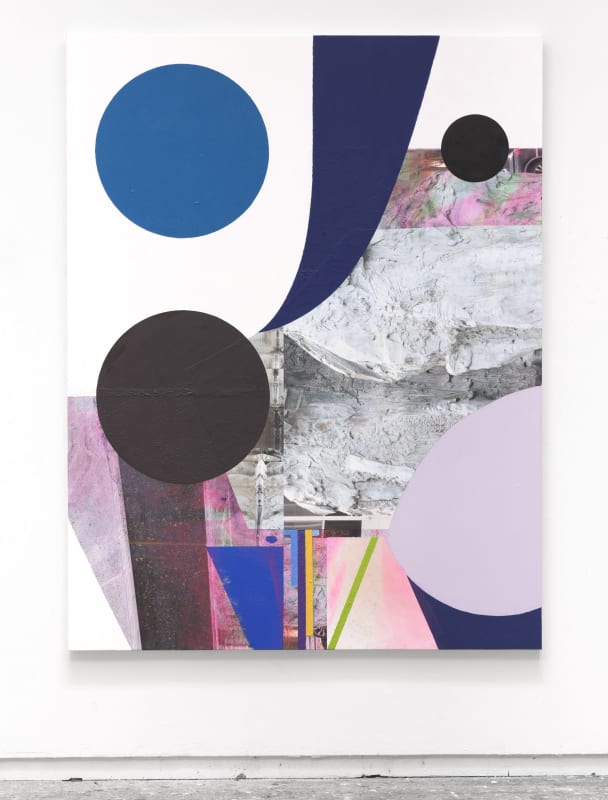'Hyde is a contractor in a deeper sense: his jobsite is the grand, dusty edifice of formalist High modernism.'
The history of art is littered with “ghost careers.” More or less famously, Gauguin was once a stockbroker, Beckmann a nurse, Rosenquist a signpainter, Koons a marketer. In his own former life, Jim Hyde worked as a GC, a general contractor. For ten years in the eighties and early nineties, he and his crew demolished and reinstalled walls, floors, pipes, conduit, and cabinetry all over Manhattan and Brooklyn. Contracting is working class work, but it’s also a kind of liberal art, incorporating a range of skills--plastering, tiling, plumbing, wiring, painting, glazing—that puts the slim quiver of techniques taught in art schools to shame. Contracting may be the ideal preparation for the demands of a freewheeling, pluralist, art practice—or at least, so Hyde’s art tempts us to believe. Nowadays, of course, Hyde no longer installs plumbing or drywall. But he hasn’t entirely quit his old dayjob. It’s not just a matter of his technical versatility, his preference for construction materials, his allusions to domestic forms, or even his sneaky, professional modesty. Hyde is a contractor in a deeper sense: his jobsite is the grand, dusty edifice of formalist High modernism. Hyde is remodeling it for new tenants, whose budgets are leaner, and whose expectations are more nuanced, than their predecessors’. Those tenants are us.
Alexi Worth
His works are in the collections of the Guggenheim, the Museum of Modern Art (New York), the Brooklyn Museum of Art, and the Corcoran Gallery of Art in Washington, DC, among others. His works have been shown regularly in the United States for over 30 years (San Diego Museum of Art, Susquehanna Art Museum, Queens Museum, Reynolds Gallery...), and has been exhibited at the Centre d'Art Contemporain de Quimper, the Credac in Ivry-sur-Seine, and the Maison de la Culture de Bourges.

